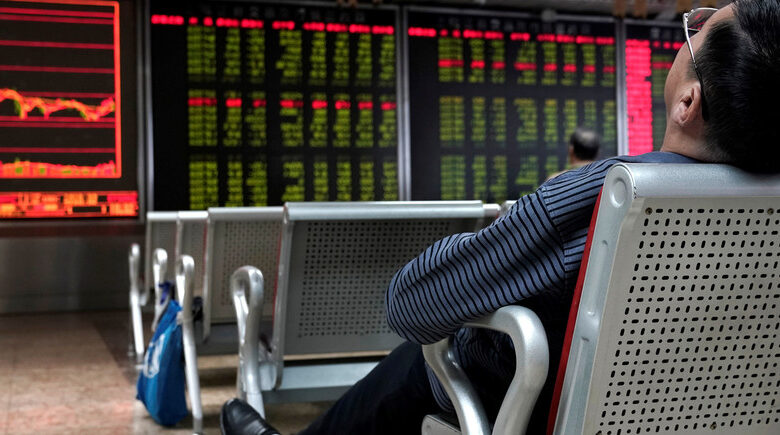Sub-Saharan Africa’s Economic Outlook Through 2023

Before the popular ‘Africa Rising’ narrative (which gained momentum and credence at the turn of the century), the region’s debt crisis provided an uncomfortable backdrop to this notion.
This was especially evident during the height of 1982, when virtually every African nation and state was trapped in an unsustainable cycle of debt.
There was good reason for this too; as Africa’s total debt burden increased from just $8 billion in 1970 to a whopping $174 billion by the end of 1987. To provide some context, this represents 322% when expressed as a percentage of exported goods and services across the globe.
While China’s borrowing helped to ease this crisis at the time, the debt mountain in Africa remains incredibly high more than 30 years on. We’ll explore this further below, while appraising the economic outlook for SA in 2023 and beyond.
Debt in Africa – An Overview
As of 2019, Africa’s cumulative debt-to-GDP ratio was starting to stablising, reaching 57% in the process.
However, there’s a sense that the region’s growth and development was built on unstable ground, and the vulnerability of the country’s economic structures was ultimately unable to bear to socioeconomic and geopolitical pressures that they’ve faced in recent times.
These include the coronavirus pandemic and Russia’s invasion of Ukraine, which have had a cumulative impact on trade inflows and supply chains while minimising the demand for certain goods and commodities that are central to the region.
As a result, Africa’s total debt-to-GDP ratio has increased to 66% by 2021, while it looks set to inch higher against the backdrop of inflationary pressures and ongoing quantitative easing programs in various African countries.
Many African states also continue to feature debt-to-GDP ratios in excess of 100%, with the figure in Eritrea having recently peaked at an astonishing 175.1%.
Africa’s Economic Outlook Going Forward
Certainly, Sub-Saharan African recovery has been abruptly interrupted of late, particularly through 2020 and the formative quarters of 2021.
However, GDP growth in this region started to recover last year and peaked at 4.7%, but the bad news is that this figure will contract sharply through 2023 and fall to just 3.6%.
Of course, this is part of a global slowdown, while developed economies like Germany and UK are already in a technical recession. While Africa will continue to see growth above most G7 countries through next year, however, this is relative and the region will suffer markedly from decreased demand for goods from overseas.
African countries are also struggling to strike the delicate macroeconomic balance between managing inflation and capping the base interest rate, with the former having peaked at an average of 9% in August.
At the same time, countries like South Africa and Kenya have hiked their respective base rates to 7% and 8.75%, in a bid to quell inflation, incentivise savings and reduce consumer demand.
This trend is prevalent throughout Africa, while it’s currently having the effect of reducing spending and a key driver of GDP growth while raising the cost of borrowing for households and businesses alike.
The Bottom Line – What Does This Mean for Investors?
From an investor perspective, it’s also clear that there are huge challenges with corruption and financial mismanagement in Africa’s leadership structures.
This causes huge volatility and unpredictability for investors, particularly those who trade speculative entities such as forex.
For example, the South African rand (ZAR) fell recently after market analysts learned that President Cyril Ramaphosa was likely to be impeached following a panel of experts’ findings against him.
Of course, this is slightly offset by the fact that forex traders can leverage speculative vehicles like spread betting and CFDs to hedge against currencies like the ZAR, which has continued to lose ground against the US Dollar and pound of late.
However, investing in African currencies, stocks and analysis remains a high risk endeavour, and one that’s largely the preserve of speculative and aggressive investors with a large appetite for risk.
After all, there’s significant returns to be enjoyed by traders who are willing to embrace volatility and leverage this to their advantage, usually through short-term strategies and executing a large volume of orders with an incredibly short life span.
This trend is likely to continue through 2023 at least, while it’s thought that the economic and market conditions in Africa (and indeed across the globe) may not return to any kind of stability until some point in the second half of 2024.




